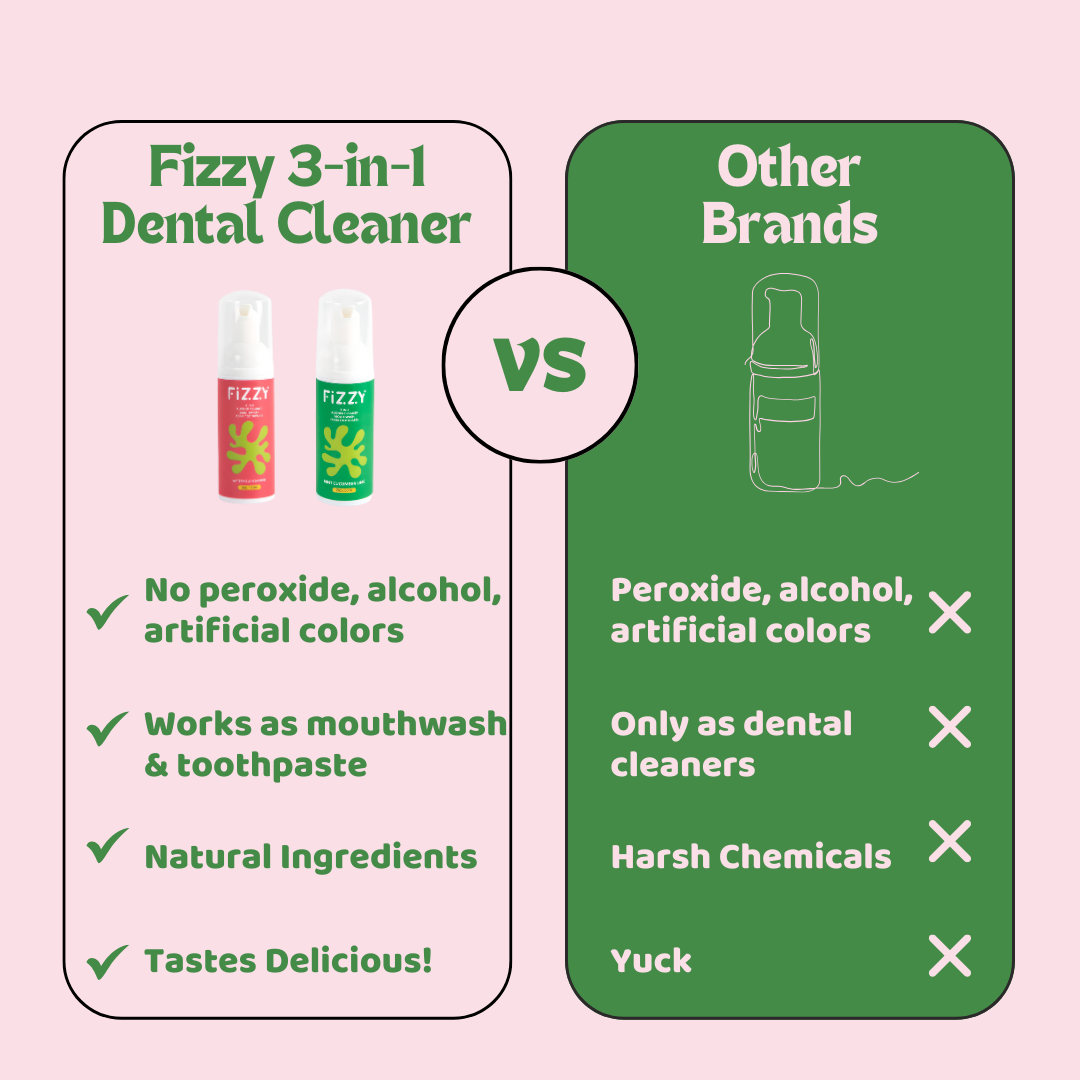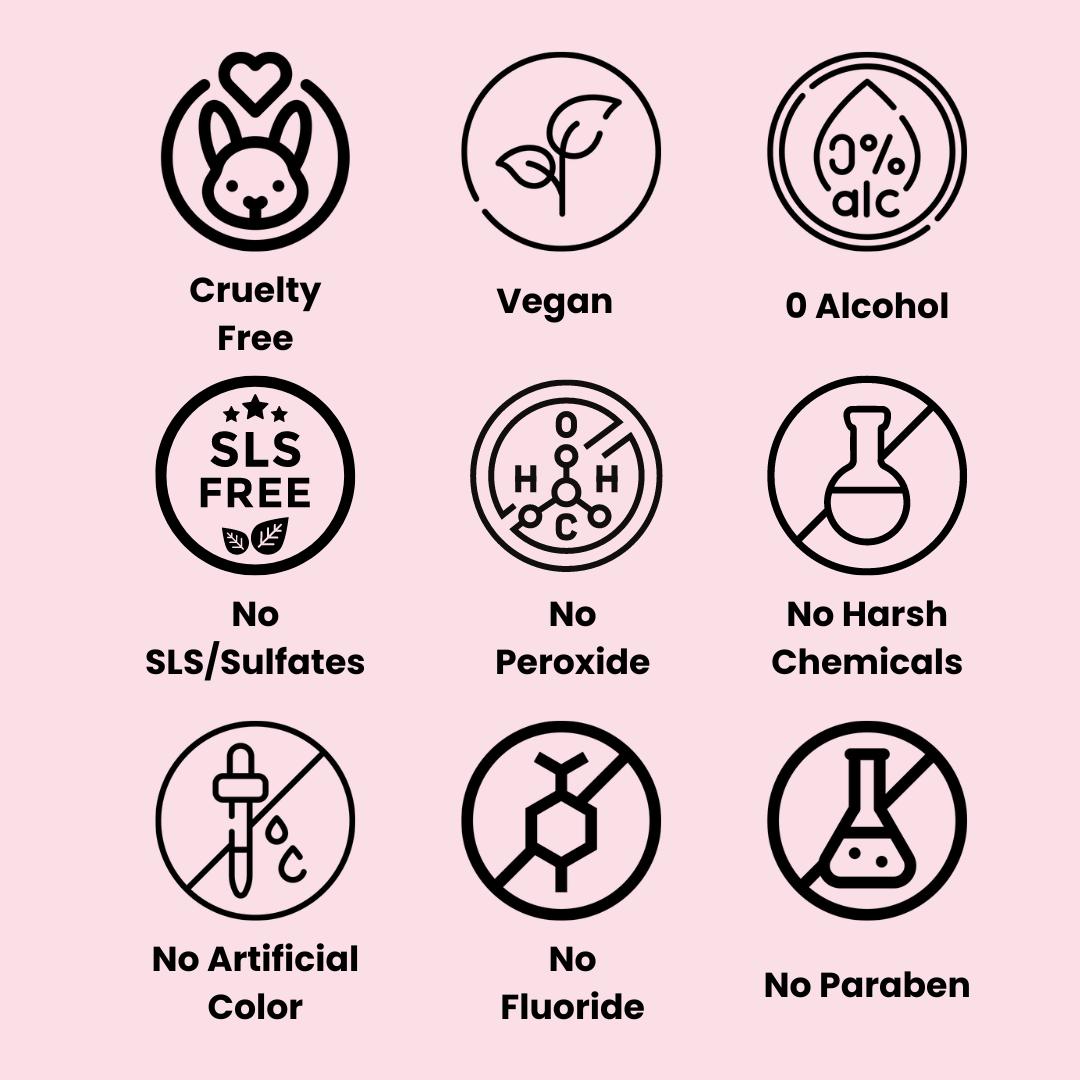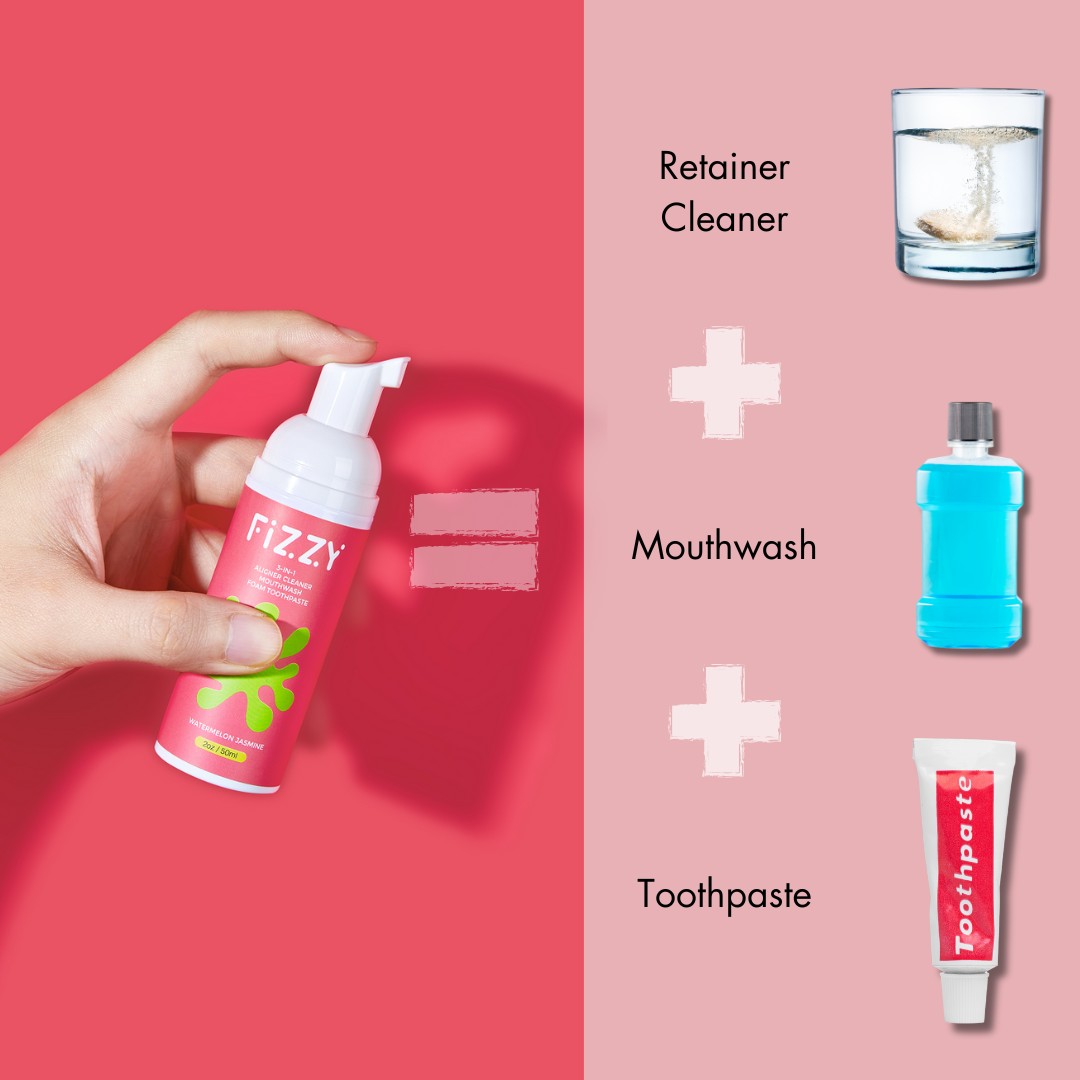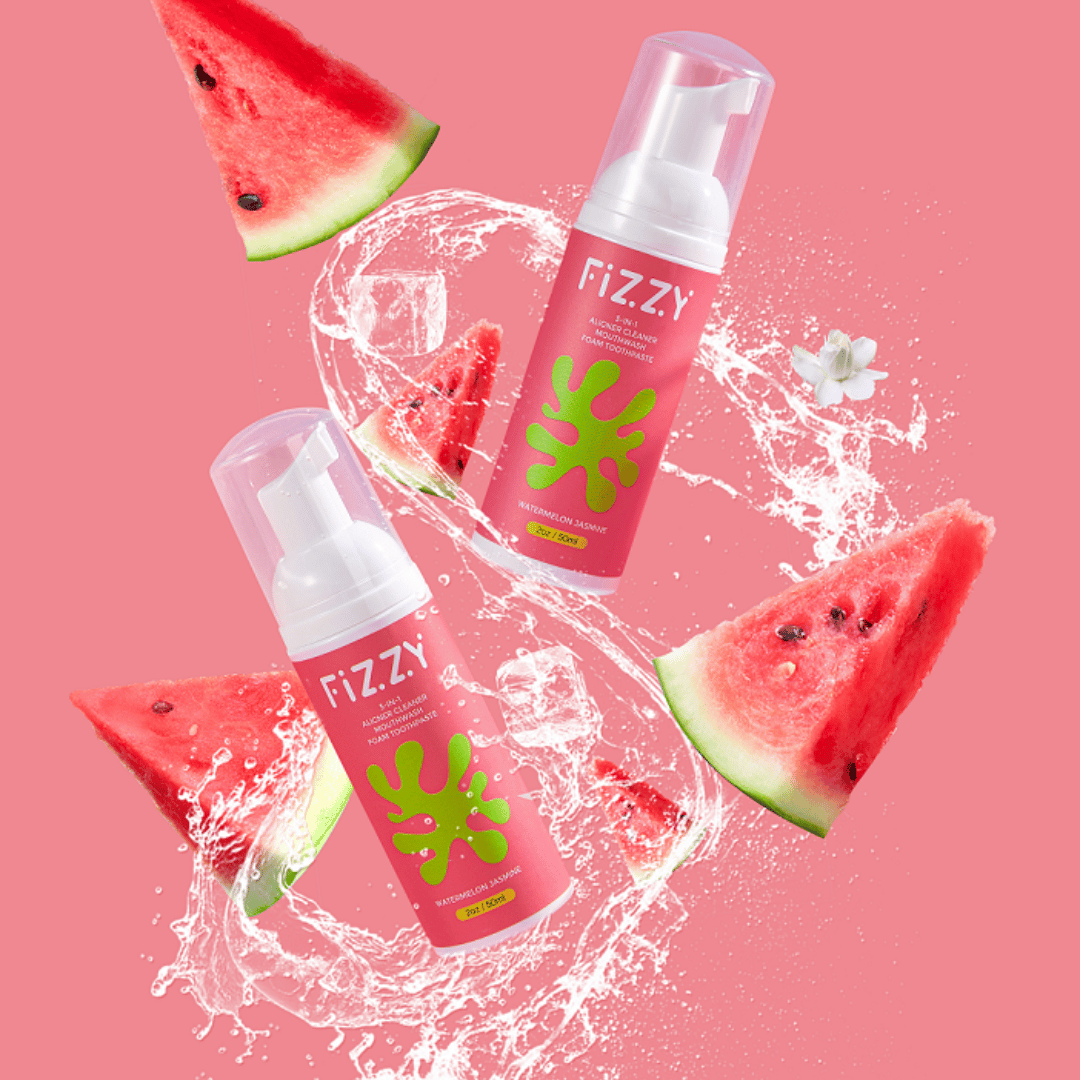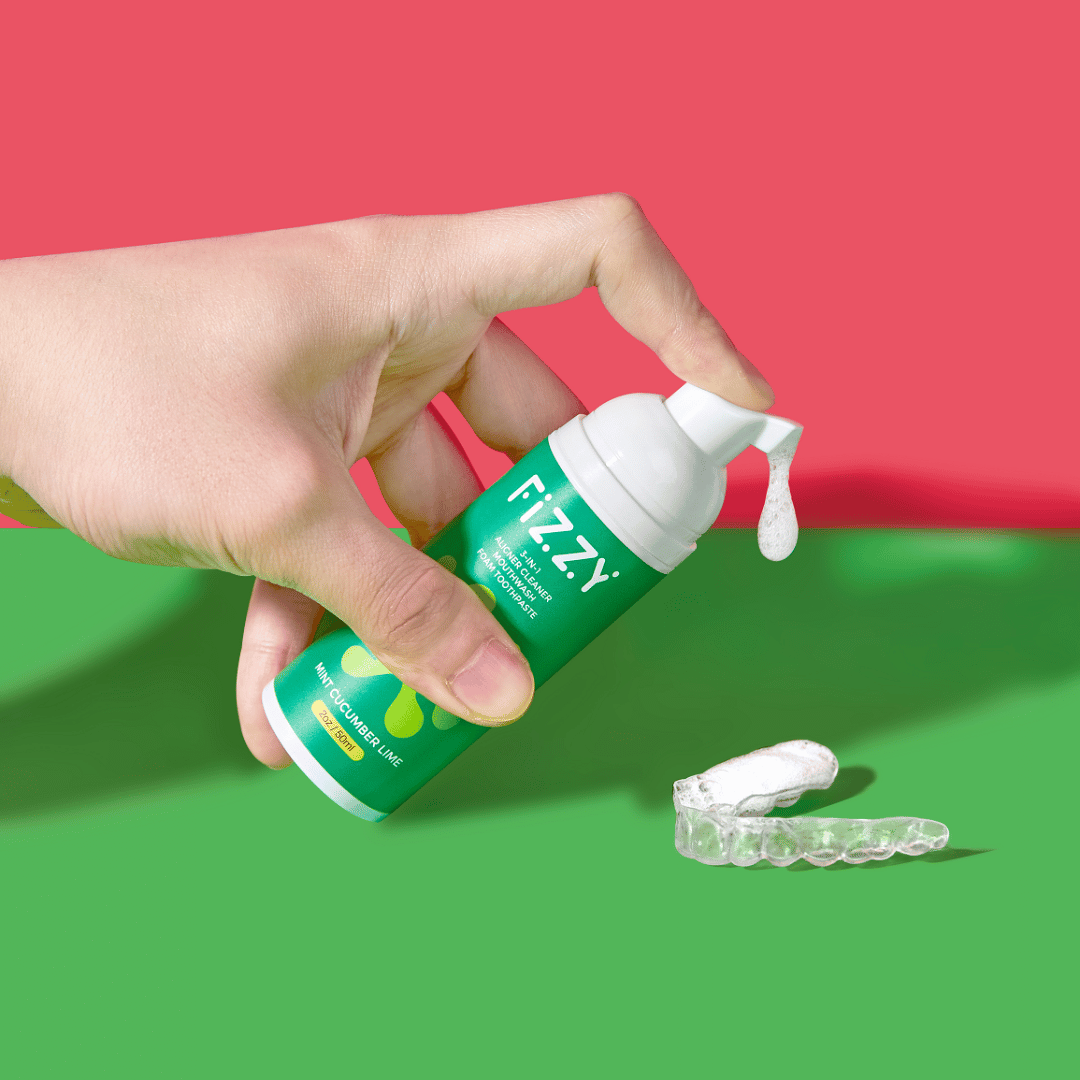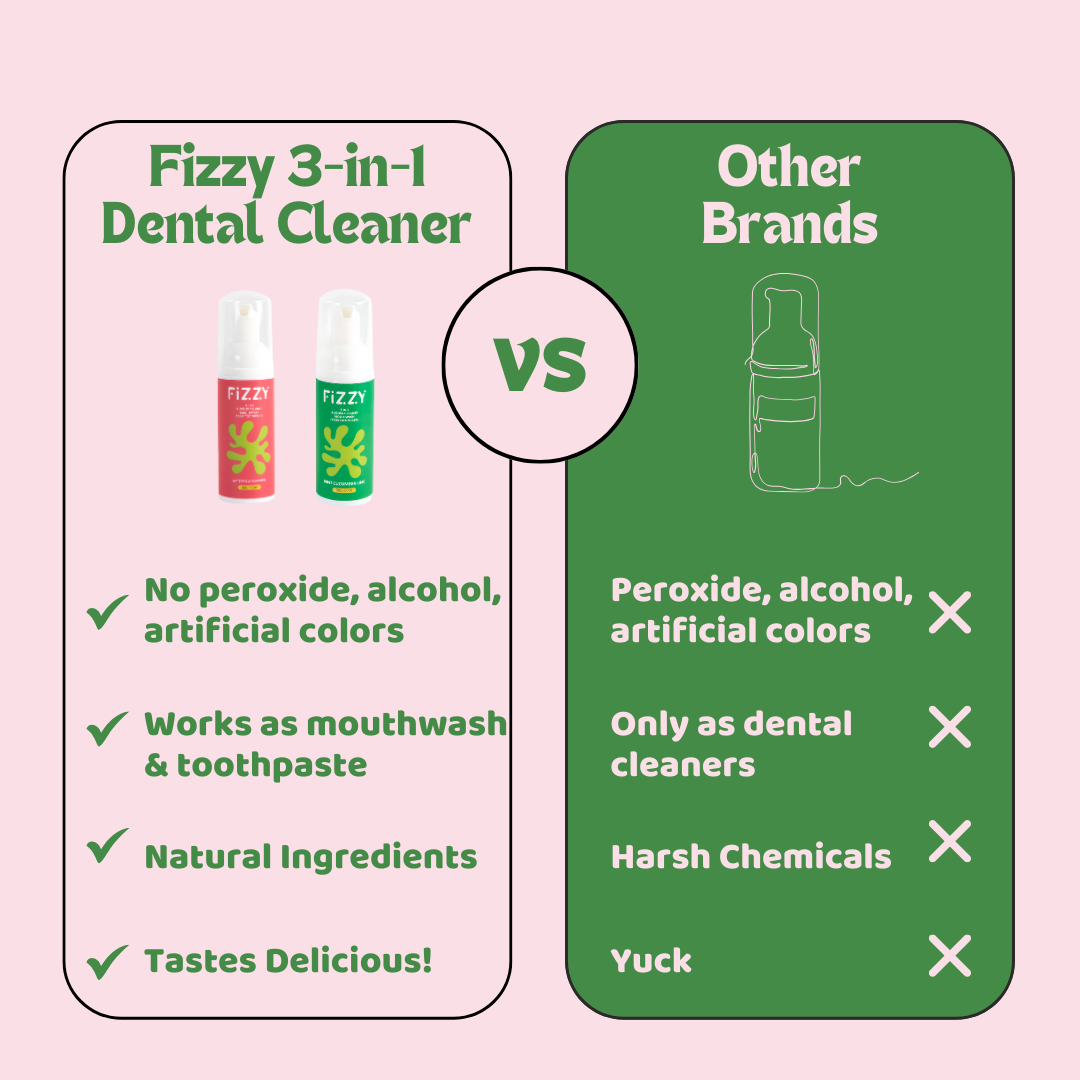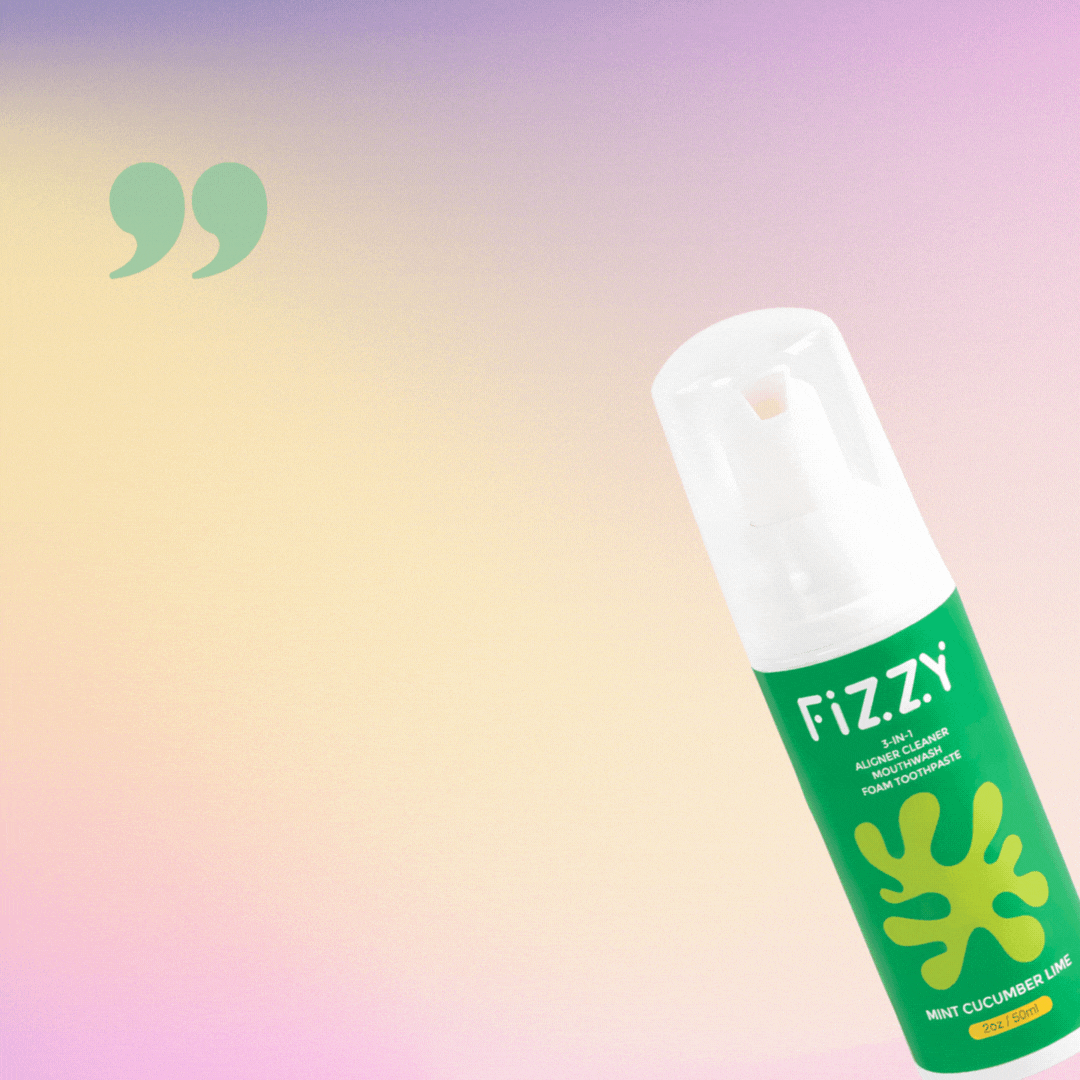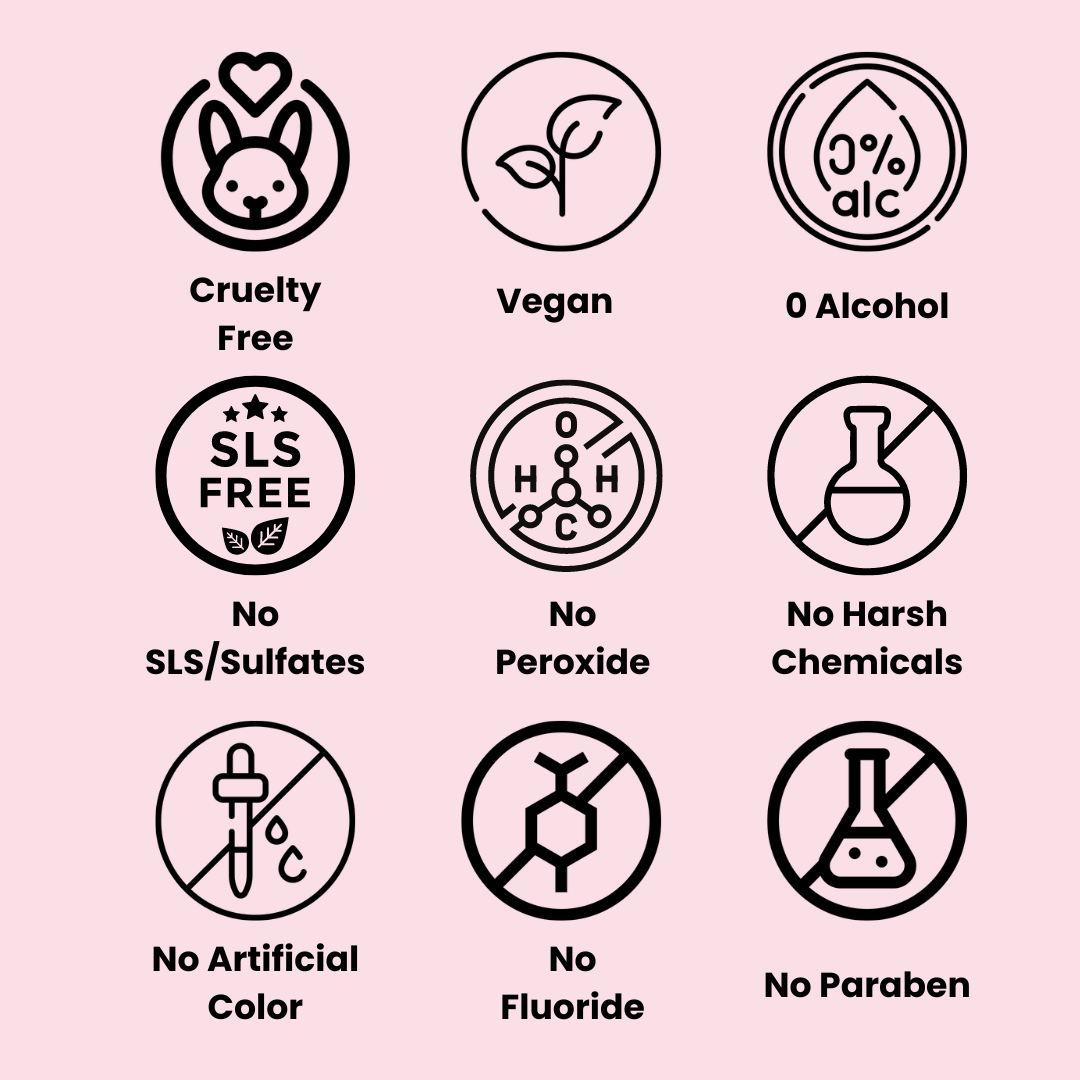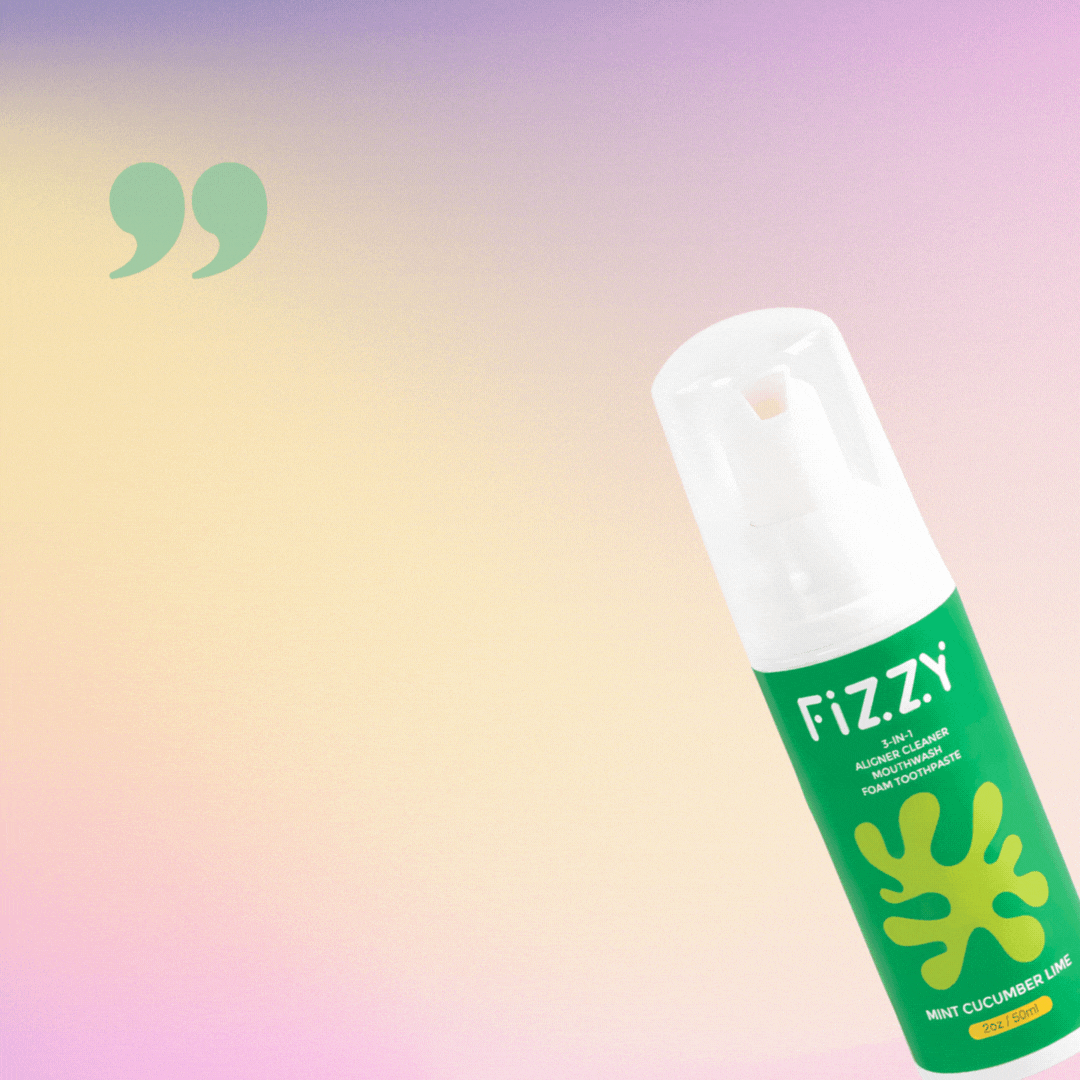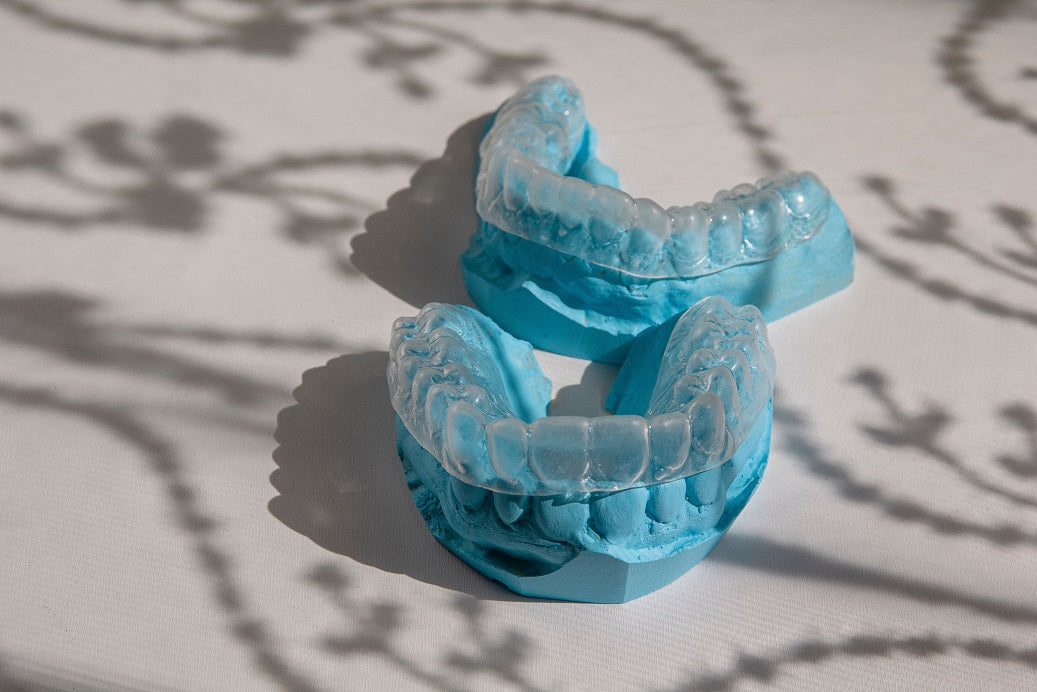
Invisalign Tips and Tricks
Inside this Article:
- Put an AirTag in Your Invisalign Care Kit
- If Your Aligners are Cutting Your Gum, File It Down and Use Ortho Wax
- Change to New Trays Before Bedtime
- Use Tylenol Instead of Advil or Aspirin
- Should You Eat With Or Without Invisalign
- Floss & Brush Your Tongue
- Keep the Previous Set of Trays
- Pack a Travel Care Kit for Your Invisalign
- Summary
Attention all clear aligner wearers! If you're on the exciting journey of transforming your smile with clear aligners, we have some valuable tips and insights to enhance your experience. Whether you're a new or seasoned Invisalign wearer, these guidelines will help you navigate common challenges, maintain oral hygiene, and maximize the effectiveness of your treatment. From caring for your aligners to managing discomfort and incorporating good dental habits, this collection of tips is designed to support your progress and ensure a successful outcome. Get ready to make the most of your Invisalign journey and unlock that confident smile you've always desired!
Put an AirTag in Your Invisalign Care Kit
It's important to develop a consistent habit of putting your Invisalign aligners back in their case to avoid misplacing them. Consider this scenario: You take your clear aligners off and temporarily place them in a napkin during a meal. After enjoying your food, you accidentally throw away the napkin, unknowingly discarding your aligners along with it. Losing the aligner tray can be inconvenient and may require additional time and expenses to replace.
To prevent such mishaps, forming a routine of always returning your aligners to the case after removing them is crucial. By doing so, you establish a designated place to store them when not in use, reducing the risk of misplacement.
However, what if you forget to bring the case with you? This is where the added benefit of attaching an AirTag to the Invisalign case comes into play. By placing an AirTag on the case, you can easily track and locate it using the Find My app on your smartphone. The AirTag emits a signal that allows you to pinpoint its location, ensuring you never lose track of your Invisalign.
The combination of habitually returning your aligners to the case and utilizing an AirTag adds an extra layer of protection. Even if you accidentally leave the case behind or misplace it, the AirTag's tracking capability provides peace of mind. You can promptly retrieve your aligners, continue your orthodontic treatment without interruptions, and avoid the inconvenience and expense of replacing lost aligners.
If Your Aligners are Cutting Your Gum, File It Down and Use Ortho Wax
In general, the aligners should fully cover your teeth, providing a secure and snug fit. They should not be too short, as this may result in insufficient coverage or ineffective treatment. Conversely, they should not extend too far above your gum line, as this could cause discomfort or irritation to your gums.
If you experience persistent discomfort or notice that your clear aligners are cutting into your gums, here are some at home resolution you could try:
- File down the sharp edges: If you notice that specific areas of your aligners are causing irritation or cutting into your gums, you can carefully file down the sharp edges using a nail file or an emery board. Gently smooth out the rough areas, ensuring not to remove too much material and compromising the aligner's effectiveness. Be cautious and take your time, making small adjustments until the aligner feels more comfortable in your mouth.
- Use orthodontic wax: Orthodontic wax is a soft and pliable material designed to provide a protective barrier between your aligners and your gums. Take a small piece of the wax and roll it into a ball. Apply the wax to the areas of the aligner that are causing discomfort, focusing on the sharp or rough edges. The wax will help cushion your gums and prevent further irritation or cuts.
Change to New Trays Before Bedtime
Changing to new Invisalign trays before bedtime is a recommended practice for several reasons:
- Adjustment Period: When you switch to a new set of aligner trays, there is usually an adjustment period during which your teeth may feel slightly sore or uncomfortable. By changing to new trays before going to bed, you give your teeth and gums several hours to adapt to the new aligners while you sleep. This can help minimize any initial discomfort, making it more manageable for you during the day.
- Consistent Wear: Invisalign treatment requires consistent wear of the aligner trays to ensure the desired tooth movement. By changing to new trays at bedtime, you maximize your wear time during the crucial first few hours of wear. This is because you'll have the aligners in place for an extended period while you sleep, allowing them to work uninterrupted.
- Reduced Discomfort: Wearing new aligners can sometimes lead to temporary discomfort or sensitivity as your teeth adjust to the updated positioning. By switching to new trays at night, you can sleep through the initial phase of discomfort, as your body's natural pain tolerance is typically higher during sleep. This can make the transition to new trays more comfortable overall.
- Speech Adjustment: When you start wearing a new set of aligners, it may temporarily affect your speech as your mouth adjusts to the new trays. By changing to new trays before bedtime, you give yourself time to adapt to any speech changes without feeling self-conscious or having to interact extensively with others.
Use Tylenol Instead of Advil or Aspirin
Aspirin and ibuprofen are non-steroidal anti-inflammatory drugs (NSAIDs) that are known to have anti-inflammatory properties. These medications work by reducing inflammation and inhibiting certain enzymes involved in the inflammatory response. However, this anti-inflammatory effect may interfere with the natural tooth movement process during orthodontic treatment.
Tooth movement is facilitated by a mild inflammatory response in the surrounding tissues. This inflammation plays a crucial role in bone remodeling and the shifting of teeth into their desired positions. By reducing inflammation with NSAIDs like aspirin and ibuprofen, the normal inflammatory response required for effective tooth movement may be dampened or slowed down. This can potentially affect the overall progress and effectiveness of orthodontic treatment.
To ensure optimal tooth movement and treatment outcomes, it is generally advised to avoid or minimize the use of aspirin and ibuprofen during Invisalign or any orthodontic treatment. Instead, acetaminophen (Tylenol®) is typically recommended for managing soreness or discomfort, as it does not have significant anti-inflammatory effects and is less likely to interfere with the natural tooth movement process. However, it's always advisable to consult with your orthodontist or healthcare provider for personalized advice regarding pain management during your specific treatment.
Should You Eat With Or Without Invisalign
When wearing Invisalign aligners, it is generally recommended to remove them before eating. Here's why:
- Avoid Food Debris: Removing your aligners before eating helps prevent food particles from getting trapped between your teeth and the aligners. This can help maintain better oral hygiene and reduce the risk of plaque buildup or tooth decay.
- Prevent Staining: Certain foods and beverages, such as coffee, tea, red wine, and strongly pigmented foods, have the potential to stain your clear aligners. By removing them before eating, you minimize the exposure of your aligners to these staining substances, helping to keep them clear and discreet.
- Preserve Aligner Integrity: Eating with aligners in place may subject them to excessive force or damage. Hard or sticky foods can potentially warp or break the aligners, compromising their effectiveness and requiring replacements or adjustments.
However, it is not uncommon that your dentist will tell you to eat with the Invisalign on.
- Compliance and Convenience: Some dentists may suggest eating with Invisalign aligners on to ensure that patients wear them for the recommended 20 to 22 hours per day. By allowing patients to eat with their aligners in place, it eliminates the need to remove them for every meal, making it more convenient and potentially increasing compliance with the treatment plan.
- Additionally, in certain cases where a patient has specific medical conditions or medication requirements, such as low blood sugar or a dietary disorder, a dentist may advise eating with Invisalign aligners on. These situations may necessitate the need to have the aligners in place while consuming small, frequent meals or snacks to manage the patient's health condition effectively
If your dentist has advised you to eat with your Invisalign aligners on, it's important to follow their guidance. Be sure to clean your teeth and aligners thoroughly after eating to maintain good oral hygiene and prevent cavities. Additionally, avoid foods and beverages that are prone to staining or can potentially damage your aligners, such as highly pigmented foods or sticky candies. By taking proper care of your teeth and aligners, you can ensure the best results from your Invisalign treatment while accommodating any specific recommendations from your dentist.
Floss & Brush Your Tongue
Brushing your tongue is an important part of oral hygiene for Invisalign wearers for several reasons:
- Fresh Breath: The tongue harbors bacteria, food particles, and dead cells that can contribute to bad breath (halitosis). Brushing your tongue helps remove these deposits and reduces the likelihood of unpleasant odors, keeping your breath fresh while wearing your Invisalign aligners.
- Plaque Control: The tongue's surface can accumulate plaque, a sticky film of bacteria that can lead to tooth decay and gum disease. By brushing your tongue, you remove bacteria and plaque, reducing the risk of oral health problems and promoting overall oral hygiene.
- Plaque Removal: Flossing helps remove plaque and food particles from between your teeth and along the gumline. While brushing can clean the surfaces of your teeth, it cannot effectively reach these tight spaces. Flossing allows you to reach these areas, preventing the buildup of plaque, which can lead to tooth decay and gum disease.
- Gum Health: Flossing plays a crucial role in keeping your gums healthy. By removing plaque and debris from between your teeth, you reduce the risk of gum inflammation and gum disease. Gum disease, if left untreated, can lead to gum recession, tooth loss, and other oral health complications.
Keep the Previous Set of Trays
- Backup Option: Accidents or unforeseen circumstances can happen, such as losing or damaging your current set of aligner trays. By keeping the previous set, you have a backup option readily available. This allows you to continue wearing aligners while waiting for replacements or until you can consult with your orthodontist.
- Fit Check: Sometimes, during the transition to a new set of trays, you may experience difficulty with the fit or encounter discomfort. In such cases, having the previous set of trays allows you to go back to a known comfortable fit while you address any concerns with your orthodontist. It provides a reference point to compare the fit and identify any potential issues with the new aligners.
Pack a Travel Care Kit for Your Invisalign
If you lead an active lifestyle and often find yourself away from home, whether it's at work, on vacation, camping, attending a bachelor or bachelorette party, or enjoying a music festival, you may encounter challenges in finding a clean bathroom to brush your teeth and clean your Invisalign trays.
A travel care kit is essential for keeping your aligners and mouth clean while on the go. Here's a simplified list of items to consider including: a travel toothbrush, toothpaste, mouthwash, retainer cleaning solution, floss, your Invisalign case, and an AirTag.
However, if you prefer to travel light and don't want to carry multiple items, there's a convenient alternative. Fizzy 3-in-1 Aligner Cleaner, Mouthwash, and Toothpaste simplifies your travel routine. This all-in-one solution eliminates the need for separate products. The Invisalign cleaner foam effectively cleans both your trays and your mouth. Just pump the foam onto your aligner trays and into your mouth, then brush or swish to achieve a fresh and clean feeling. It's a hassle-free option that streamlines your oral care while on the go.
Summary
In summary, these Invisalign tips can help you make the most of your treatment. Use an AirTag in your care kit to avoid misplacing your aligners, file sharp edges and use ortho wax for comfort, change to new trays before bedtime for a smoother transition, opt for Tylenol instead of aspirin or ibuprofen, follow your dentist's guidance on eating with or without aligners, remember to floss and brush your tongue for oral hygiene, keep the previous set of trays as a backup, and pack a travel care kit or use a convenient all-in-one solution. These practices will ensure proper care, comfort, and effective results throughout your Invisalign journey.
Reference:
Aspirin, acetaminophen, and ibuprofen: their effects on orthodontic tooth movement







